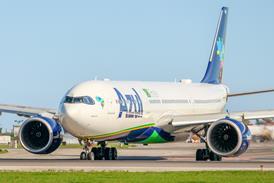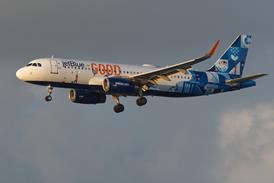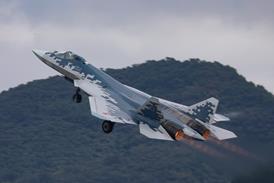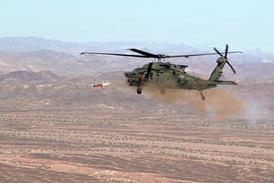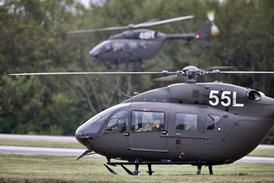FlightGlobal is the global aviation community’s primary source of news, data, insight, knowledge and expertise. We provide news, data, analytics and advisory services to connect the aviation community globally and help organisations shape their business strategies, identify new opportunities and make better decisions faster.
Long life ahead for CV-22, but no plans for FLRAA in USAF special operations

In a wide ranging interview with FlightGlobal, the three-star general in charge of US Air Force special operations outlined his long-term plans for the USA’s air commandos, legacy platforms like the CV-22 Osprey and MQ-9 Reaper, and the next-generation tiltrotor Future Long-Range Assault Aircraft.
Keep reading this article by becoming a FlightGlobal member now
PLEASE REGISTER FOR FREE OR SIGN IN TO CONTINUE READING

You have reached your limit of free articles for this period. Register for a FREE account to read this article and benefit from:
- Increased access to online news and in-depth articles from:
- FlightGlobal Premium covering the global aviation industry
- Airline Business providing insight for business leaders
- Weekly newsletters on topics across the industry

